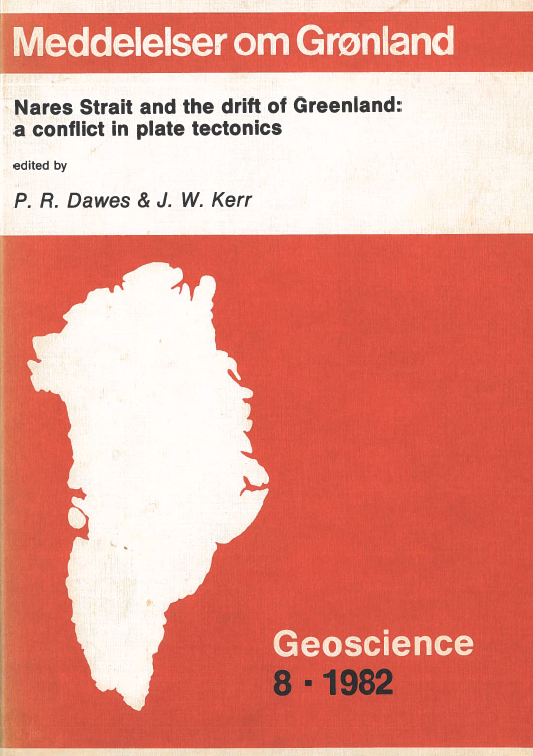Nares Strait and the down-current termination of the Silurian turbidite basin of North Greenland
DOI:
https://doi.org/10.7146/moggeosci.v8i.139576Abstract
Combined palaeoenvironmental and palaeocurrent evidence demonstrates that a significant change took place in large-scale Silurian palaeogeographic configuration along the North Greenland - Canadian continental margin. The source area of the deep-water turbidite basin of North Greenland was the rising Caledonides to the east. The currents flowed towards the west parallel to the southern carbonate platform. There is no evidence of a northern landmass and the abyssal plains off the present-day east coast of the United States are suggested as analogues. The axial flows seem to have continued westwards along the axis of the Ellesmere Island turbidite basin. West of Nares Strait a significant inflow of turbidity currents from a northerly shelf area enters the basin where they were deflected down the axis, and the existence of a northern landmass, possibly of volcanic arc origin, has been demonstrated in Ellesmere Island. The Ellesmere Island turbidite basin thus represents a deeply submerged back-arc rift or perhaps an intracontinental aulacogen. There is no evidence from the Silurian turbidites of any contemporaneous or later wrench faulting along Nares Strait. Rather, Nares Strait represents the transitional area in the Silurian between two different types of continental margins or even greater geotectonic differences. Future studies of this difference may be instrumental in unravelling the later history of this enigmatic segment of the Earth's crust.
Downloads
Published
How to Cite
Issue
Section
License
Coypyright by the authors and the Commision for Scientific Research in Greenland / Danish Polar Center. No parts of the publications may be reproduced in any form without the written permission by the copyright owners.


